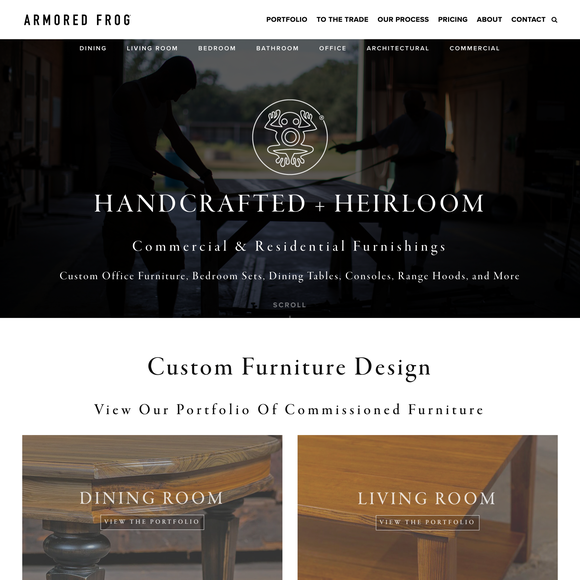

- #Freelance ux designer how to#
- #Freelance ux designer free#
A pitch is essentially you noticing that the client has a problem and presenting a solution to that problem. There are three steps to a successful freelance UX design pitch.
#Freelance ux designer how to#
How to manage your time as a freelance UX designer. Get the mindset, the confidence and the skills that make UX designers so valuable. This might be useful when it comes to naming your price.īuild your UX career with a globally recognised, industry-approved qualification. Years 11+: $100+/hr We wrote this comparative guide on salaries for UX designers across the world at all different levels. Your own experience, niche and specific projects may allow you to charge more. Understand that these are just recommendations. Then, they raise this rate by 25 – 50% for every five years that they’ve worked. Most freelance UX designers begin at a reasonable baseline rate. Divide your necessary annual salary by how many hours per year you’d like to work to determine your minimum hourly rate.Īs you grow, you’ll be able to charge more because you’ll pick up technical skills, strategic understanding and client relationship expertise. We also recommend subtracting at least two weeks from the year to make sure you can take time off and sick days. Subtract at least 5 hours per week from that number to account for administrative work you’ll need to do as a business owner. Calculate how many hours per year you’d like to work. Determine the salary you need to make based on your expenses. You need to be practical with your prices. It’s important to start honing this inner narrative right off the bat as a freelancer. We all have an internal dialogue about money and how it relates to our own worth. How to set your rates as a freelance UX designerįreelance rates are very personal and individual. Scope of the project and constraints you worked with. Using a case study format gives you a chance to explain your designs – positioning you as an expert who understands your clients’ needs. Often, clients won’t fully understand what you did or why if you’re only sharing final projects. It also shows them what it might be like to work with you. Firstly, clients can see your process, problem solving skills and technical skills. What are you excited to learn more about? Where do you already have expertise that you can leverage? That’s where you’ll find your niche.įormatting your portfolio into case studies is beneficial for a few reasons. While you work through those first few months on a variety of projects, start noticing what feels good to you. When you’re first starting out, you’ll probably work on projects in multiple different niches and that’s okay. Positioning yourself as an expert gives you a higher chance of actually landing the projects you pitch. By narrowing down the projects you’re pitching for, you can start to specialise and position yourself as an expert. A niche can be as broad as an industry, type of client or types of projects you prefer to work on. That means defining your niche and the ideal client for you within that niche. To grow your client roster in your UX design career, it helps to have a place to start. You can charge a reduced rate while you get your footing and then turn these projects into case studies for your portfolio. You can do less overwhelming projects that you feel comfortable with technically and get in-depth client relationship experience in these settings. A great way to get started is by volunteering or doing work for newer small businesses, charities, non-profits or even for your friends. When you’re first starting out, taking on freelance UX design projects can feel intimidating. #Freelance ux designer free#
What is UX? Why has it become so important? Could it be a career for you? Learn the answers, and more, with a free 7-day video course.





 0 kommentar(er)
0 kommentar(er)
